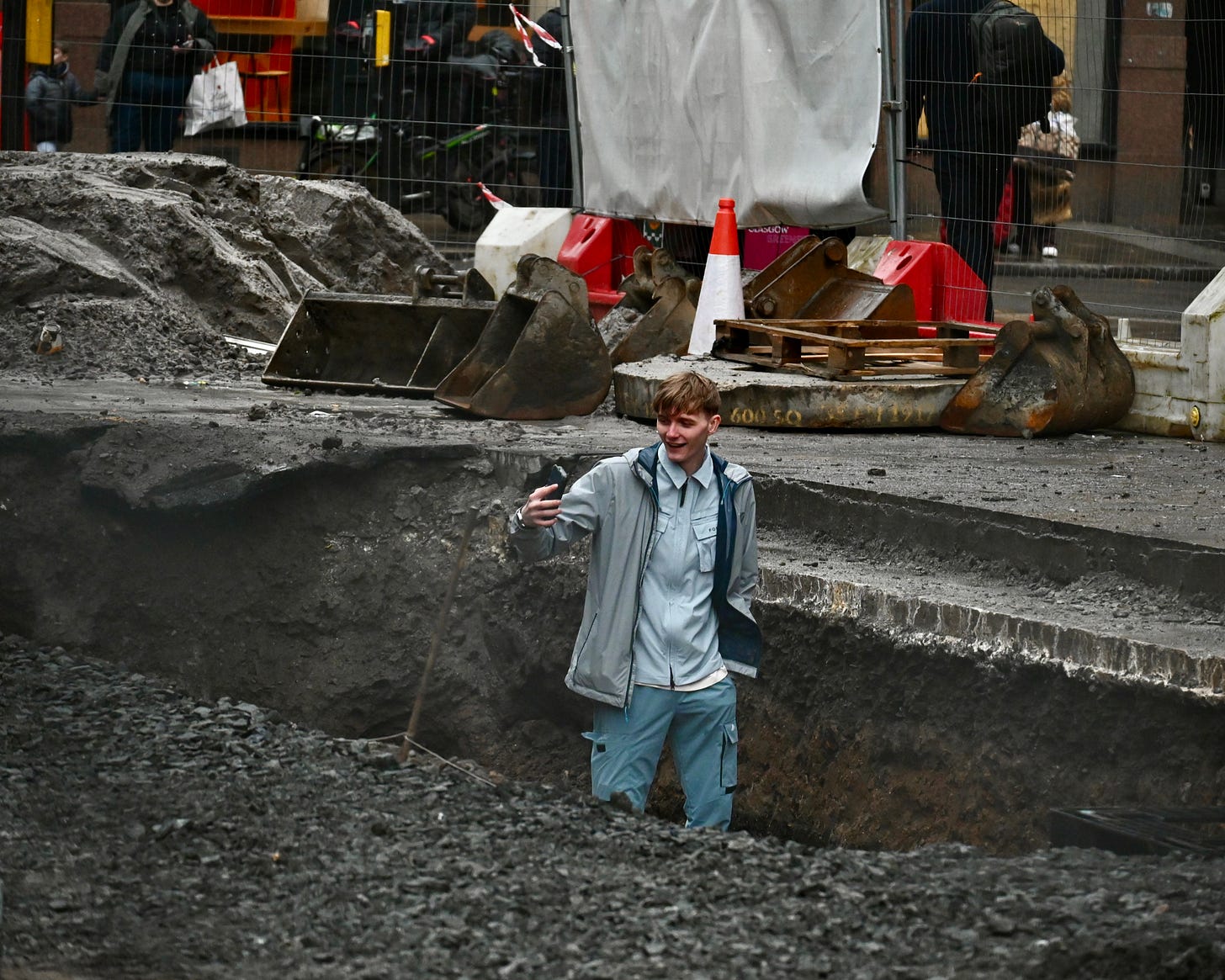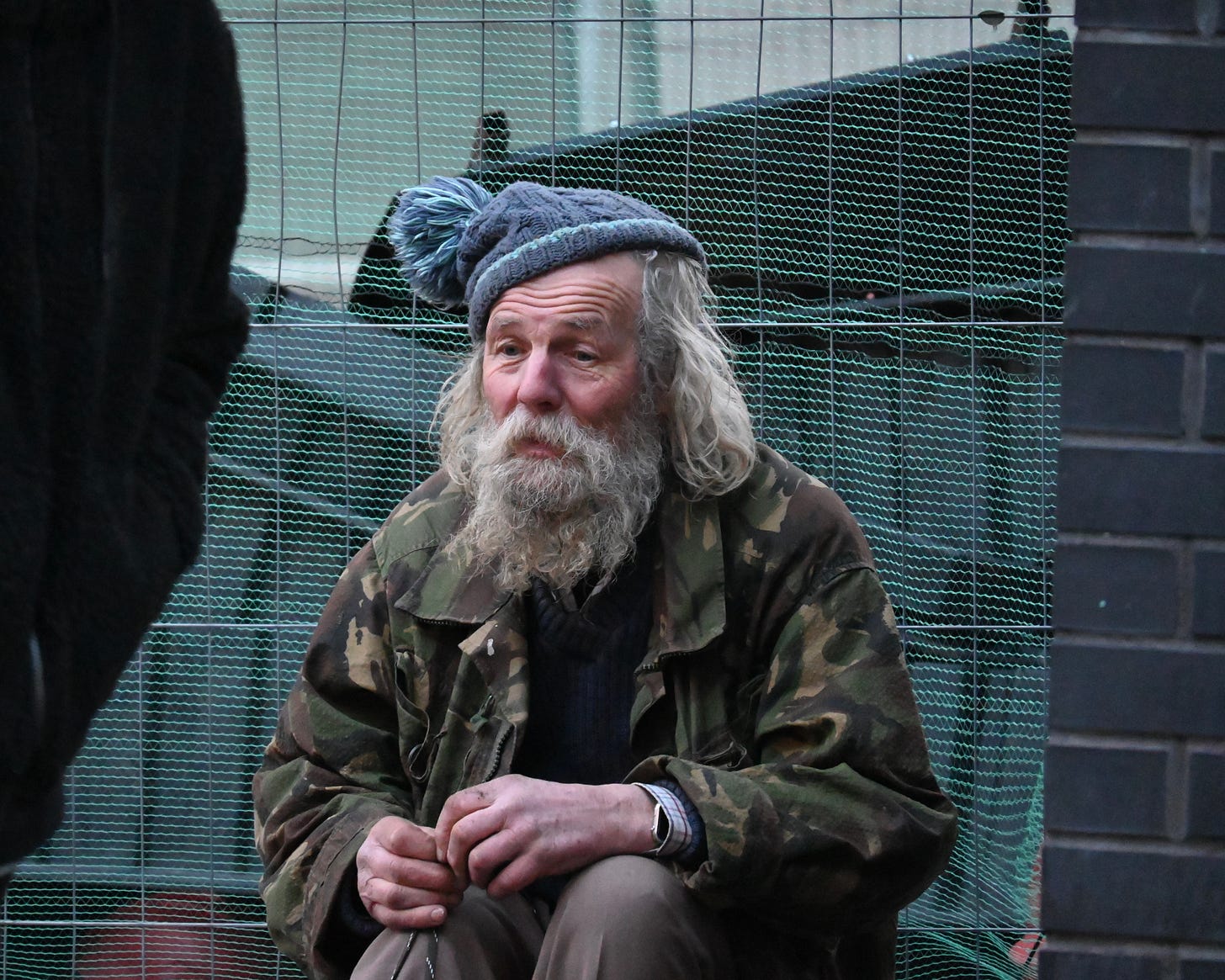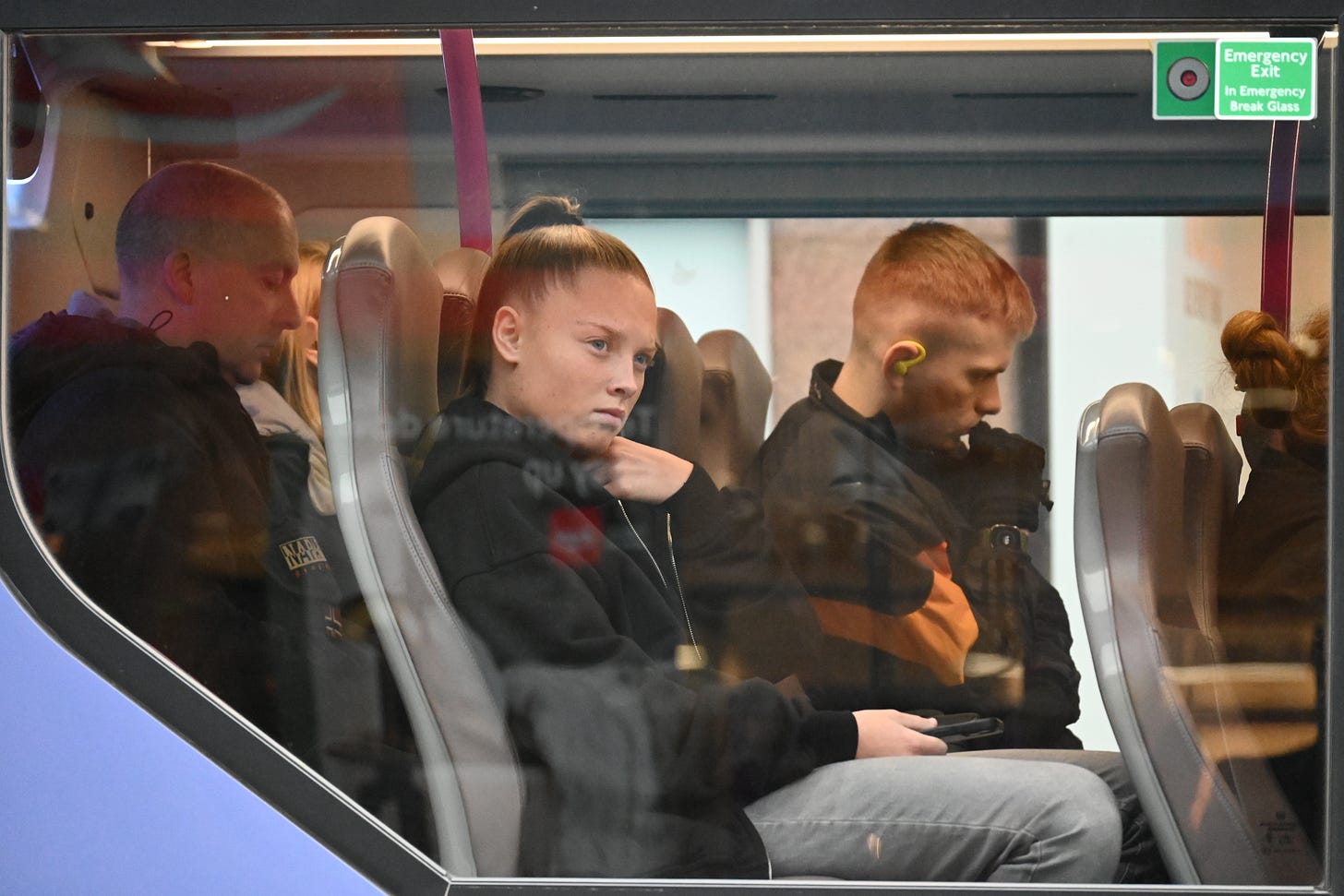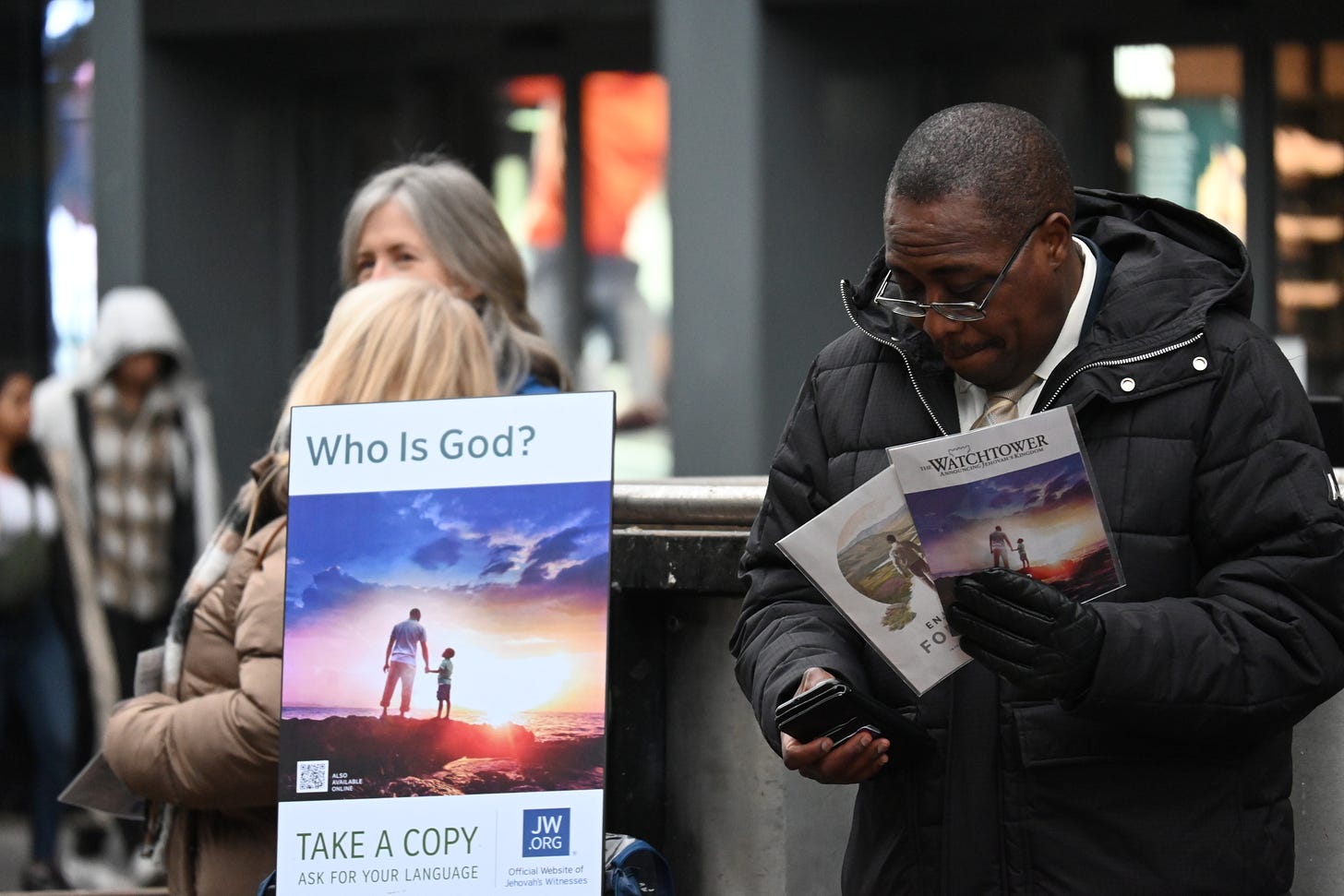Going Deeper
A brief introduction to Z, my photography project for 2025
When I first moved to Glasgow, the city's marketing slogan was "Scotland with Style".1 Central to their vision was The Golden Z, a mile of shops along three largely pedestrianised streets: Argyle Street, Buchanan Street, and Sauchiehall Street. According to legend, Buchanan Street was, after Oxford Street, the "second busiest shopping thoroughfare" in Britain.2
Alas, with consumers having been lured online, The Golden Z has struggled in recent years. Empty shopfronts are common, particularly on Sauchiehall Street, with those that remain reduced to selling vapes and sweets. The situation in Glasgow is not as bad as some claim, but the gold is distinctly less lustrous. It is now just Z: an endpoint.
It is depressing to see the city in decline. Barely a week goes by without an article lamenting buildings decaying or the council's ineptitude. Glasgow is caught between a Scottish Government that wants to centralise everything in Edinburgh and an indifferent Westminster. While Manchester gets a Mayor to unite the region, Glasgow makes do with a vague committee. Yet, rather than despair about this situation, I want to help bring attention to the reality of Glasgow in 2025. Can a photographer—like Jacob Riis in 19th century New York—still shame the politicians into action?
Despite this narrative of negativity, I still love these streets and walk the Z most days on my way to the gym. My dislike of motor vehicles and addiction to checking my phone draw me to pedestrianised areas. As a photographer, I feel compelled to document the changes that occur.

Z is my attempt to go deeper. Last year, I published a photo blog, "The WIP", where I would choose my favourite photos each week. It was pretty random. And while it’s fine to be a generalist, to know something about everything, there’s something transformative about knowing everything about one thing.
Vladimir Nabokov, in his Lectures on Literature, says that “one cannot read a book: one can only reread it.” He quotes Flaubert as saying "What a scholar one might be if one knew well only some half a dozen books." By rereading, we get an exponentially deeper understanding. We start to see all the interconnections. The same applies to place. The more we revisit the same places, the more meaningful they become: we notice previously hidden details and patterns start to emerge. At least, that's my theory.
The project is now four weeks old and is starting to cohere. I'm starting to get a sense of the opportunities that lie ahead. For instance, today I wanted to see if I could spot gold in the Golden Z. A couple of weeks ago, I observed how the vaping industry has spread … The project becomes sociological or anthropological. All human knowledge is here: economics, advertising, urbanism, architecture, nature ... I look forward to seeing what else emerges.
Perhaps an echo of Glasgow's role in the Victorian era as the Second City of the Empire.










Interesting project, some great pics, looking forward for the development!
Great project. Really nice images.